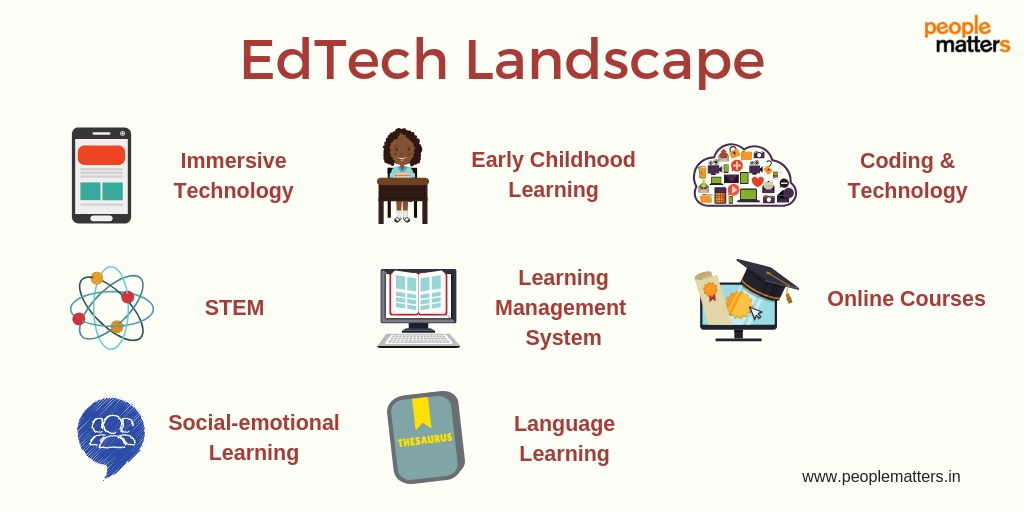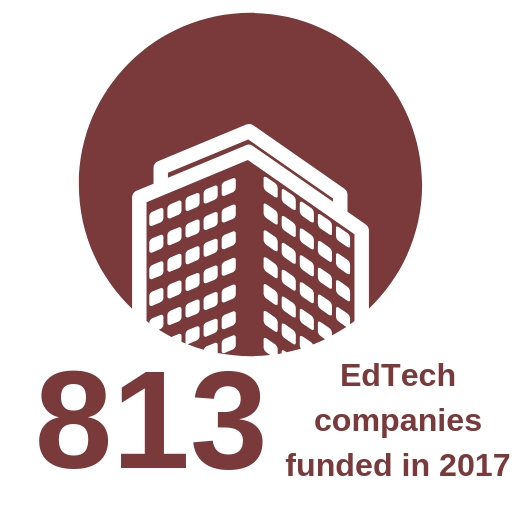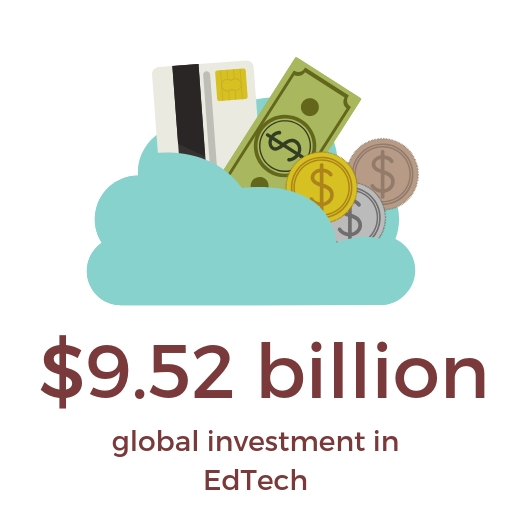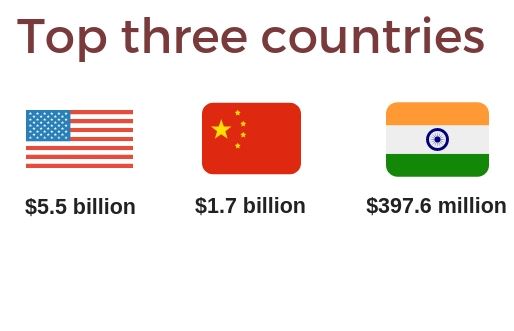
- In the last few years, India has witnessed rapid changes in the educational technology landscape
- The spurt of jobs in emerging technologies
- Artificial intelligence and machine learning has spurred the growth of EdTech companies which are at the forefront of providing cutting-edge skills to young college professionals and undergraduates keen to upskill and re-learn
In the last few years, India has witnessed rapid changes in the educational technology landscape. The spurt of jobs in emerging technologies — artificial intelligence and machine learning has spurred the growth of EdTech companies which are at the forefront of providing cutting-edge skills to young college professionals and undergraduates keen to upskill and re-learn. In addition to this, India is also implementing a strategic approach to skills development, aimed for the digital era. There is an increased emphasis on strengthening core competencies in 21st-century skills, digital skills and robotics
In the face of this ever-changing digital transformation in India, is University education playing catch-up and churning out job-ready students who can compete on the global stage. Currently, India needs to implement skills development plan in a wide range of industry-demand topics such as artificial intelligence, Internet of Things, big data, robotics, material sciences, semiconductors, smart cities/societies, digital competencies, open source learning and intellectual property rights, et al.
In this article, we list down how traditional University education differs from online schools which focus on imparting the digital skills of the future.
Outdated Curriculum
It is not just that the curricula isn’t keeping up with the skills required for the students to be job-ready, many institutes in India are still dependent on the old school, theory-based syllabus. This is one of the key reasons why the freshers’ status quo is a poor match given how certain job types and industries will soon be made redundant by automation.
Budding Technologies
At this moment we are at the pinnacle of technology, we are modelling, building and inventing things which are leaving the past generations spellbound. Technologies such as data analytics, machine learning, user experience designs and artificial intelligence, which were in the sci-fi relm a few decades ago, have actually become a part of our life. But they have not become a part of our education system yet.
Lack of Mentorship
In an earlier article, we spoke about the need for mentorship and its role in shaping life and career of a new data scientist or a budding AI expert. In contrast, traditional university education focuses on merit, grades and bookish knowledge. More modern methods of education, on the other hand, focus on reasoning, questioning and analysing skills — which are much needed in the current scenario.
Transform, Don’t Reform
When there is change, there is only a slim chance where everyone can emerge as a winner. Many jobs in the IT sector are becoming obsolete and so are numerous technologies. On the brighter side, scores of career options are being created in the fields of big data, machine learning, artificial learning and other new tech, and the demand for people with the knowledge of these technologies is only increasing.
Students Lean Towards Byte-Sized Learning Models And Upskilling
For most learners, it is now possible to download smartphone apps that turn complicated subjects into games or squeeze zettabyte-sized lessons in everything from rhymes to coding into ten-minute talks or even quantify various non-curriculum activities as work-related training. Applications and programmes such as Coursera, Udemy, Lynda, Alison, Bright storm, Howcast, Code Academy, TED, Big think, Open education Consortium and Edx, among others, are the leading platforms for online learning.
These websites and programmes give a scope for a wide range of subjects, technologies and career options for the people who are having the zeal to learn through digital mode. While these technologies are effective tools to acquire specific skills, there’s another pressing and universal issue: The future is digital, and anyone whose skills are outmoded, will be left behind. In a survey conducted by Deloitte US, the results showcased that 75 percent of school-going children wanted to learn outside the classroom. They preferred smartphones, tablets and personal computers to learn, rather than traditional methods.
Enterprises Forge Partnerships With Edtech Companies
Large global organisations are already struggling with the lack of talented employees with the right types of skills to keep up with the competition. At the same time, digitisation is affecting traditional teaching system in ways so rapid and profound that it could be described as an extinction event. Daphne Koller, one of the founders of Coursera, stressed this point in one of her TED talk. She highlighted how Coursera gave chance to millions around the world a platform to learn technologies from their home and brought a great success in their lives and transformed their careers. These drastic changes in the educational system are hollowing out the middle class and creating a need that cannot be filled by our current systems of learning. Instead, we must work together to address them at a systemic level.
For the last 3 decades, India has been a land of engineers, with budding technical colleges and demand for the service sector. In total india has around 6,300 technical institutions which are approved by AICTE. But the question that most employers till face is: Are these engineers prepared for future challenges?
MOOCs allow the ease of customising education
The biggest advantage of online learning is that it gives us choices to pick a course that interests or impress us. Rather than confining to only one or two, this makes one to use their capabilities of understanding and decision making.
Source: https://www.analyticsindiamag.com/online-education-vs-traditional-university-degrees-ai-ml/




 Â Â Â Â Â Â Â Â Â Â Â
                  Â
           Â
     According to Metaari advanced learning technology report 2017, over $3.79 Bn was invested in corporate-facing educational technology companies in 2017, trailing consumer-facing companies by $60 Mn. Corporate training and education buyers across the globe are migrating rapidly away from legacy products like self-paced courseware and are now avid buyers of psychometric Game-based Learning, AI-based Learning, Cognitive Learning, and Mixed Reality Learning (that includes both VR and AR-based products).
According to Metaari advanced learning technology report 2017, over $3.79 Bn was invested in corporate-facing educational technology companies in 2017, trailing consumer-facing companies by $60 Mn. Corporate training and education buyers across the globe are migrating rapidly away from legacy products like self-paced courseware and are now avid buyers of psychometric Game-based Learning, AI-based Learning, Cognitive Learning, and Mixed Reality Learning (that includes both VR and AR-based products).





